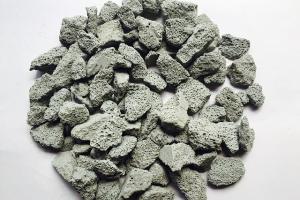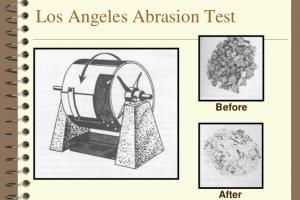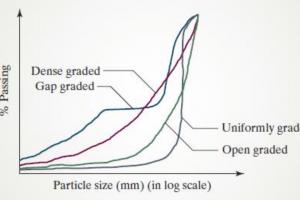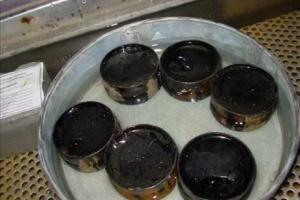Differences Between Bitumen Penetration Test and Ductility Test

Bitumen Ductility Vs Bitumen Penetration Test
The ductility test and the penetration test are two different tests conducted to evaluate different properties of bitumen. While both tests provide important information about the characteristics of bitumen, they assess different aspects of its behavior.
The ductility test measures the ability of bitumen to stretch or elongate without breaking. It involves stretching a standard briquette of bitumen until it fractures and measuring the distance it stretches before breaking. The test helps evaluate the flexibility and deformation resistance of bitumen, particularly under varying temperature conditions.
On the other hand, the penetration test measures the consistency or hardness of bitumen. It determines the depth in tenths of a millimeter to which a standard needle penetrates vertically into a sample of bitumen under specified conditions of temperature and loading. The penetration value represents the hardness or softness of the bitumen.
The penetration test provides information about the consistency and grade of bitumen, which is crucial for determining its suitability for specific applications such as road construction. It helps classify different types of bitumen based on their penetration values and is widely used in the asphalt industry to specify the appropriate grade of bitumen for different climatic and traffic conditions.
In summary, while both the ductility test and the penetration test are important tests for evaluating bitumen, they assess different properties of the material. The ductility test focuses on the elongation and flexibility of bitumen, while the penetration test measures its consistency or hardness.












